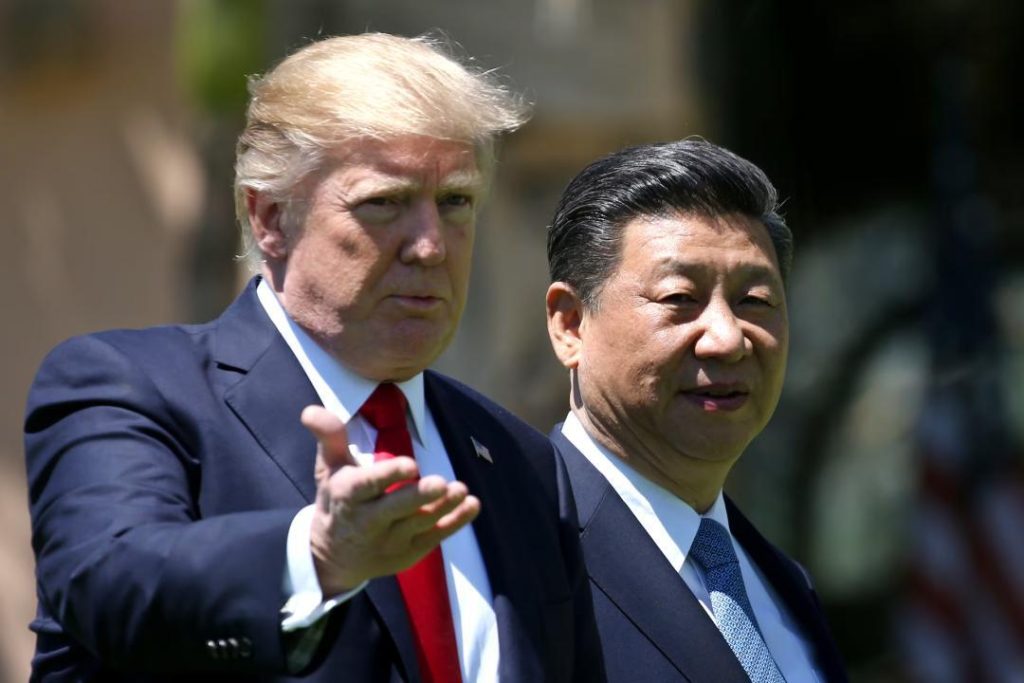
Trump to Allow 6,00,000 Chinese Students in US Amid Tariff Talks
In a surprising move, US President Donald Trump has announced that the United States will permit entry to 6,00,000 Chinese students, reversing earlier visa restrictions targeting Chinese nationals tied to the Communist Party or sensitive research. The decision comes amid ongoing tariff talks between the two nations, raising hopes of improved US-China relations.
According to reports, Trump made the announcement during a meeting with a group of business leaders at the White House, where he emphasized the importance of improving ties with China despite the ongoing trade tensions. The President also expressed interest in meeting with his Chinese counterpart, President Xi Jinping, later this year to discuss trade and other bilateral issues.
The move is seen as a significant departure from earlier restrictions imposed on Chinese students, which were aimed at preventing the potential theft of intellectual property and sensitive research. The restrictions, which were put in place last year, affected thousands of Chinese nationals who were studying or working in the United States.
However, the latest decision suggests that the Trump administration is willing to ease these restrictions in an effort to build bridges with China. The move could also help to ease some of the tensions surrounding the ongoing trade talks, which have seen both nations impose tariffs on each other’s goods.
The decision to allow 6,00,000 Chinese students into the United States is likely to be seen as a significant victory for Chinese students and scholars, who have been affected by the earlier restrictions. The move is also expected to have a positive impact on the US education sector, which relies heavily on international students for revenue.
Experts have welcomed the decision, saying that it is a positive step towards improving US-China relations. “This is a welcome development, as it suggests that the Trump administration is willing to engage with China in a constructive manner,” said Dr. Michael Green, a senior vice president at the Center for Strategic and International Studies.
The decision also comes at a time when the US-China relationship is facing significant challenges. The ongoing trade tensions have seen both nations impose tariffs on each other’s goods, with the US imposing tariffs on over $250 billion worth of Chinese goods and China retaliating with tariffs on over $110 billion worth of US goods.
However, despite these challenges, there are signs that the two nations are willing to engage in meaningful talks to resolve their differences. Last month, Trump and Xi Jinping held a meeting on the sidelines of the G20 summit in Japan, where they agreed to restart trade talks.
The latest decision to allow 6,00,000 Chinese students into the United States is likely to be seen as a positive step towards improving US-China relations. By easing restrictions on Chinese students, the Trump administration is signaling that it is willing to engage with China in a constructive manner, despite the ongoing trade tensions.
However, the decision is also likely to face opposition from some quarters, particularly those who are concerned about the potential risks posed by Chinese students and scholars. The US has been concerned about the potential theft of intellectual property and sensitive research by Chinese nationals, which has led to the imposition of restrictions on Chinese students and scholars in the past.
Despite these challenges, the decision to allow 6,00,000 Chinese students into the United States is likely to be seen as a significant victory for Chinese students and scholars. The move is also expected to have a positive impact on the US education sector, which relies heavily on international students for revenue.
In conclusion, the decision by President Trump to allow 6,00,000 Chinese students into the United States is a significant development in the US-China relationship. The move suggests that the Trump administration is willing to engage with China in a constructive manner, despite the ongoing trade tensions. While the decision is likely to face opposition from some quarters, it is a positive step towards improving US-China relations and could have a significant impact on the US education sector.



